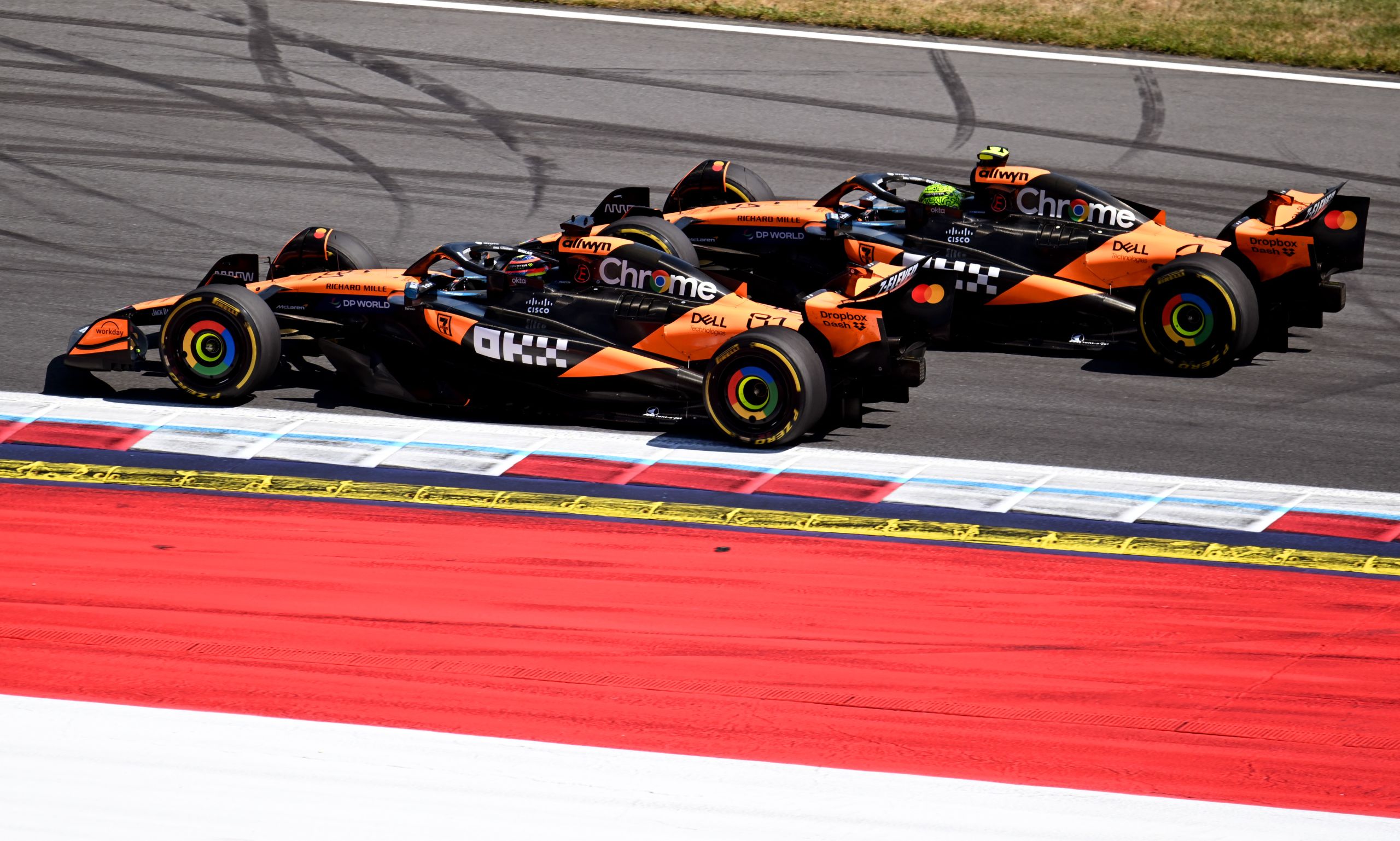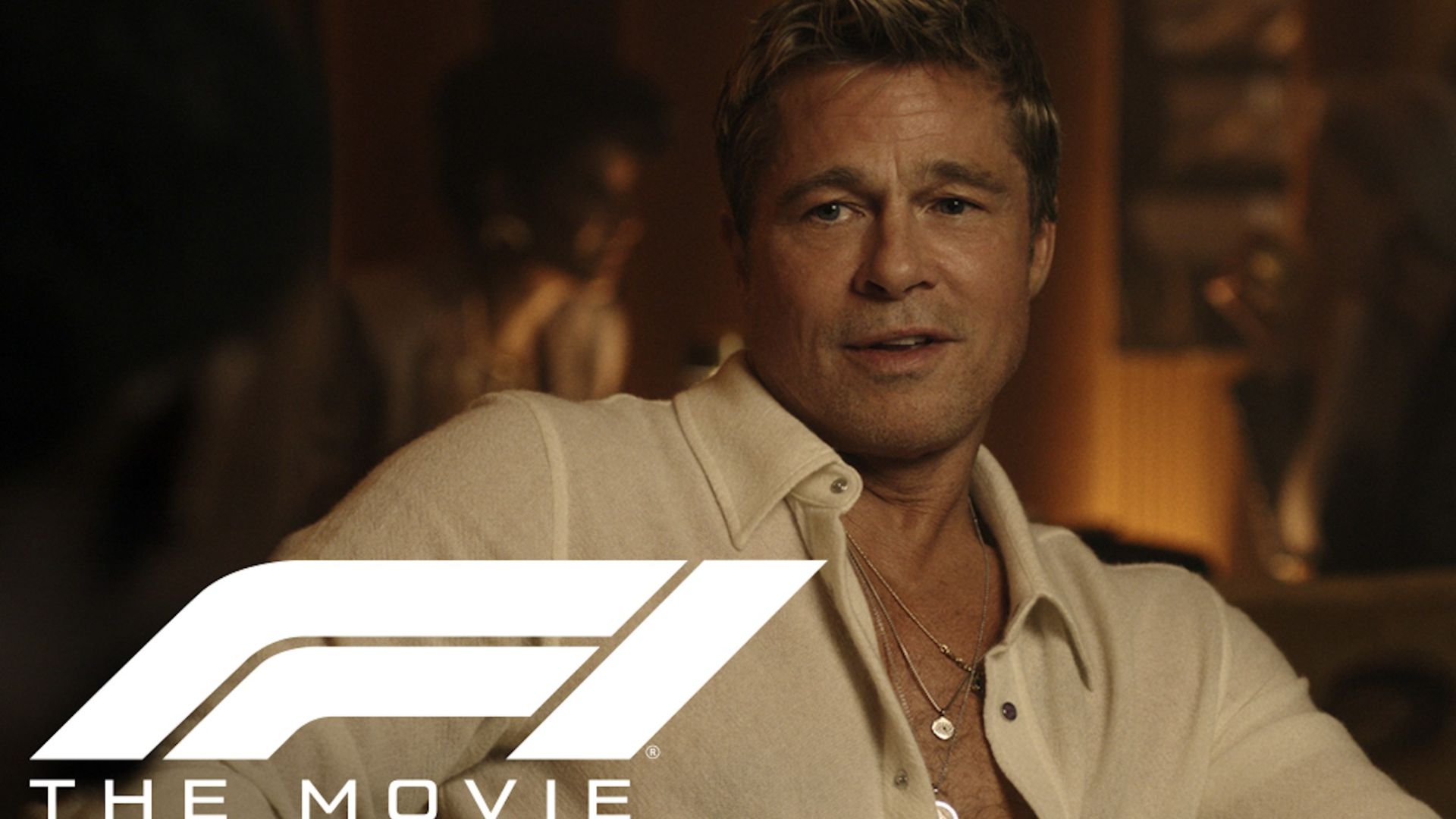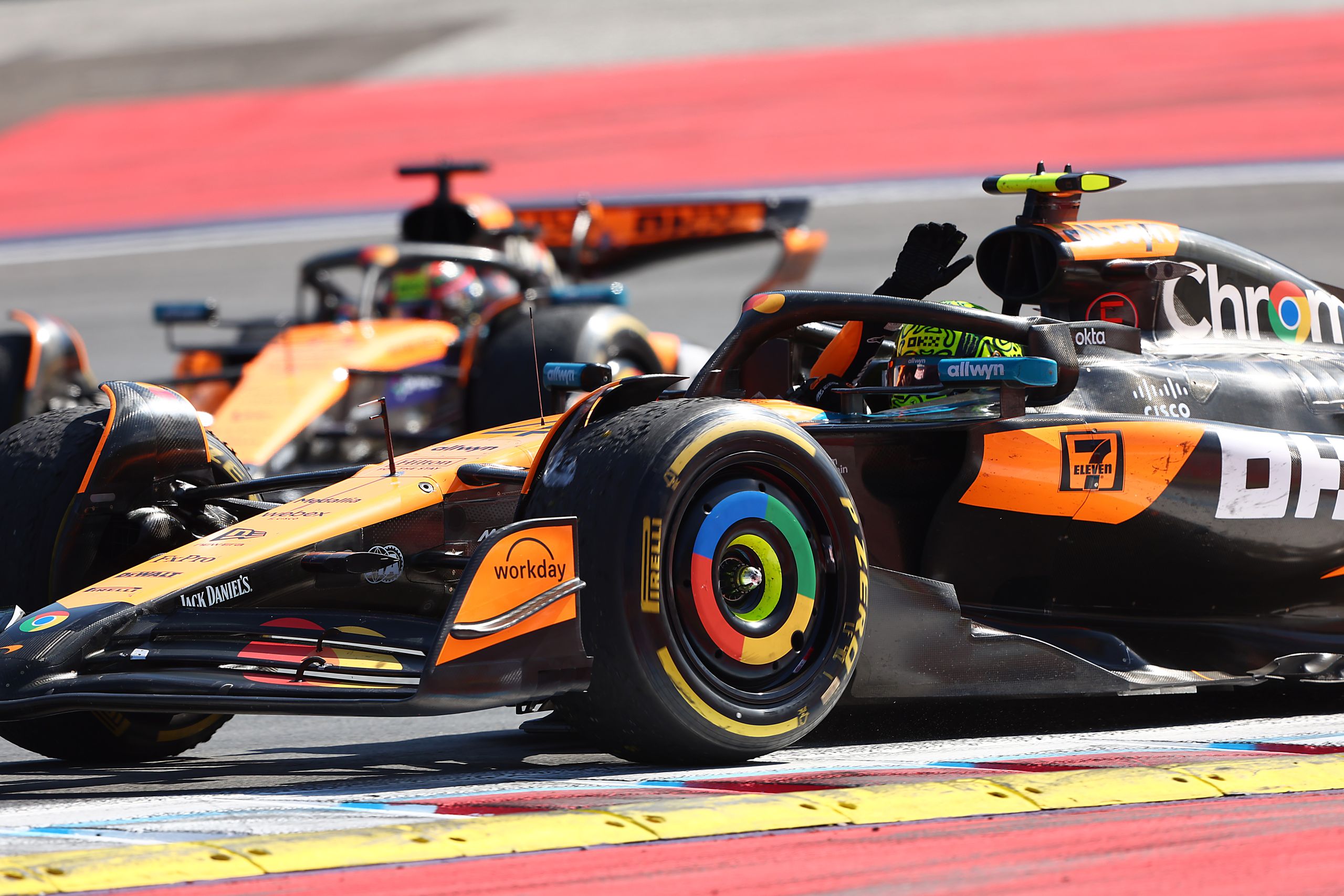How has the use of DRS affected Formula 1 racing?


The Drag Reduction System (DRS) is a device that is used in Formula 1 racing to decrease drag and increase top speed on straights. The system works by allowing the driver to adjust the angle of the rear wing on their car, which affects the aerodynamics of the vehicle and allows it to travel faster on straights. This can be a significant advantage for a driver as it allows them to close the gap to the car in front of them and potentially make a pass on a straightaway. Since its introduction in 2011, DRS has had a significant impact on Formula 1 racing.
Increased Overtaking
One of the main ways that DRS has affected Formula 1 racing is by increasing overtaking. Before the introduction of DRS, it was difficult for cars to pass each other on straights, as they were designed to be as aerodynamically efficient as possible. DRS helps to mitigate this problem by allowing cars to travel faster on straights, making it easier for cars to pass each other. This has led to more exciting and unpredictable racing, as drivers are able to make more passes on straights.
Changes in Racing Strategy
The use of DRS has also led to changes in the way teams and drivers approach races. In particular, the use of DRS has made it more vital for teams to focus on straight-line speed and downforce to maximize their performance on straights. Additionally, drivers have to consider when and where to use DRS during the race, as it can be a valuable tool for overtaking, but also has restrictions and can’t be used all the time.
Affect on Race Outcome
DRS has also had an impact on the outcome of races, as it has allowed drivers to make more passes on straights and close the gap to the car in front of them. This has led to more exciting and unpredictable racing, as drivers are able to make more passes on straights.
Safety Concerns
DRS usage is also been subject to safety concerns. As the device allows a car to travel faster on straights, it can be dangerous to use in certain conditions such as wet conditions or when the safety car is on track. That’s why the use of DRS is not allowed during these situations to ensure the safety of the drivers.
In conclusion, DRS has had a significant impact on Formula 1 racing since its introduction in 2011. It has increased overtaking and led to more exciting and unpredictable racing. Additionally, the use of DRS has led to changes in the way teams and drivers approach races and has affected the outcome of races. However, DRS usage is also subject to safety concerns and is restricted in certain conditions to ensure the safety of the drivers.





